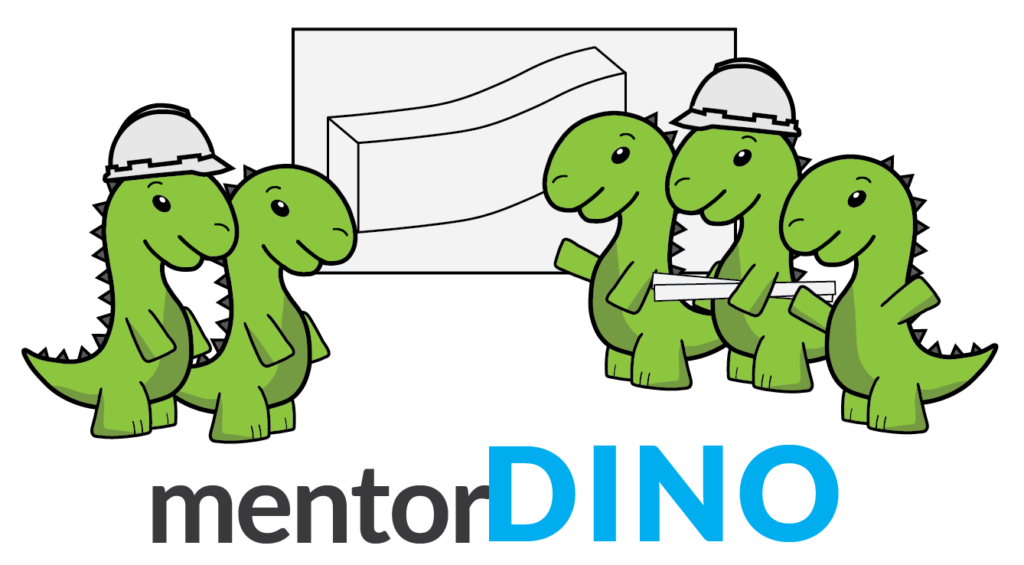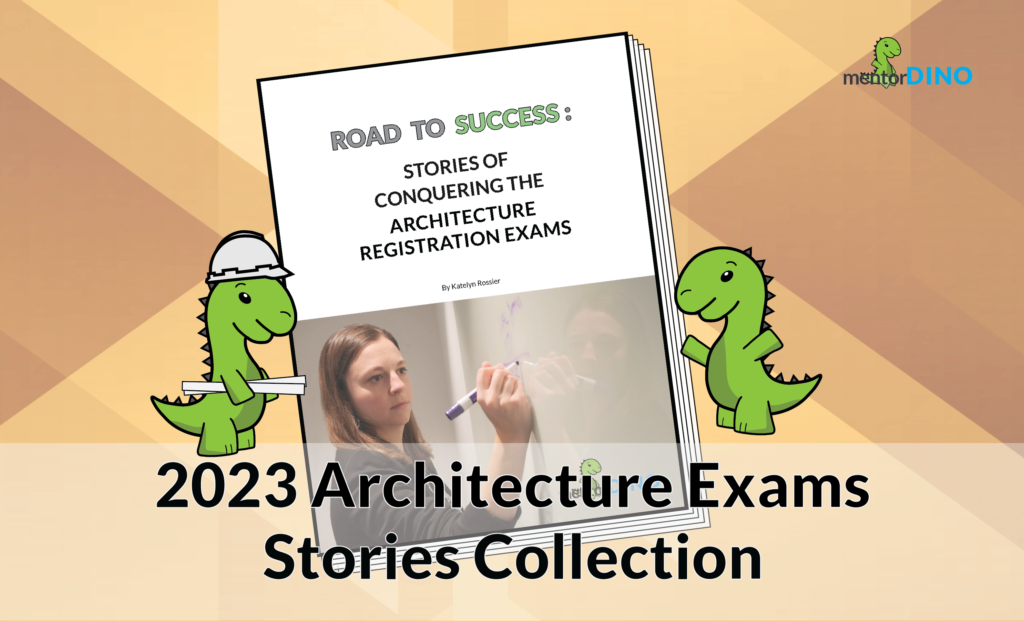Welcome to the Architectural Registration Exam (ARE) experience stories series! This series is to share experiences, timelines and advice of professionals that have completed their AREs. We know it can be a daunting task to get started and overwhelming on the number of resources out there. We hope you find this information helpful in organizing how you proceed through your exams. Good Luck!
This is the experience, timeline, and advice from:
Shawn Swisher, AIA, LEED AP BD+C
Meet Shawn Swisher, a Senior Associate at Jones Studio Inc in Tempe, Arizona. Shawn is really good at turning designs into actual buildings, and he teaches about architecture at the University of Arizona too.
At Jones Studio, he grows as a designer and leader because of his inspiring team of architects. He got his Bachelor of Architecture from the University of Southern California and later earned a Master of Architecture from the University of California, Berkeley.
“It’s easy to let setbacks take our eyes off the horizon, but having the resilience to get back to work is a critical skill for not only taking these tests but also for our professional practice and throughout our careers.”
Exam Order
| August 2014 | In Person | PPP (4.0) | PASS |
| December 2014 | In Person | SITE (4.0) | PASS |
| February 2015 | In Person | CDS (4.0) | PASS |
| July 2015 | In Person | SD (4.0) | FAIL |
(auto-fail on a software flaw during the drafting section)
| October 2015 | In Person | SD (4.0) | PASS |
| March 2016 | In Person | BDCS (4.0) | PASS |
| August 2016 | SS (4.0) | PASS | |
| December 2016 | In Person | BS (5.0) | PASS |
Programming, Planning & Practice (PPP)
Construction Documents & Services (CDS)
Site Planning & Design (Site)
Building Systems (BS)
Structural Systems (SS)
Building Design & Construction Systems (BDCS)
Advice for you!
I often get asked “why do I need to get licensed?”. Why did you decide that you wanted to be a licensed Architect?
I wanted to be an architect from a very young age, and I think I always believed that required me to be licensed – that anything less would mean I didn’t achieve my goal. Once I entered the profession, I realized that licensure wasn’t a requirement for me to be successful but would open more doors in my career path and provide a foundational understanding of the work we do daily.
As an aspiring designer, I also wanted to create designs that were rooted in a comprehensive understanding of architecture and construction so that I could be more valuable to the design process beyond being able to create aesthetic compositions – I didn’t want to be seen as someone who just knew how to draw ideas and couldn’t manifest them.
Often people don’t know where to start, do you have any advice for those looking to start their exams -or- how did you start?
The best way to start is to make a plan. I set out what order I wanted to take the tests and looked at how much time I felt I would need to study for each exam and laid out a tentative schedule. Breaking it down to that level helped me focus my efforts and not feel overwhelmed by the daunting task of passing all the tests. Taking them one at a time with focused, consistent, and timely studying is much easier than spreading the effort out across many months and trying to study for all of them all at once.
What type of study materials did you use? Any particular ones that you’d recommend?
I used everything I could find, but mostly traditional study materials like the Ballast books and study sheets I was able to find through various forums that were much more active 10 years ago. I also found some recorded lectures from a law firm that specialized in contracts in the design and construction industry that gave me a deeper understanding of how the AIA contracts work and the legal concepts embedded within them.
I also used flash cards as I got closer to each exam, so that I could frame the items that did need to be memorized into a broader understanding of the exam content. If it’s available, I think joining a study group could also be motivating and helpful to gauge your level of preparation while making the process of studying much more engaging.
How did you fit study time into your schedule? Was there anything in particular that worked well for you?
It was difficult, but I committed much of my weekends and evenings to studying in the weeks leading up to each exam. By setting and sticking to my testing plan, I built in about 8-12 weeks of study, and 4-8 weeks of rest after each exam – that rhythm kept me motivated and efficient without getting burnt out. Giving yourself too much or too little time can be very counterproductive, as you’re either wasting time or stressing out. Finding the right pace for your habits and work-life balance is a formula for success.
I also tried to take and pass as many of my tests as possible before we had our first child. That may not be possible for everyone, admittedly, but if you are able to, I feel it makes the studying and test taking process much more efficient. There is no way of getting around the time commitment of studying and, if you can get through it more quickly, you’ll be doing everyone in your family a favor.
Do you have any other advice for someone studying for their exams?
It’s important to remember that memorization will not help you for much of these exams – the key is to understand the concepts, as these will be relevant to far more questions on the exam and will have a greater impact on your chances of passing. If possible, try to time your exams such that the content of the exam you are preparing for aligns with the relevant phase of a project you are working on in your practice. I found that grounding my studying in the implications to a real-world project provided me with a stronger understanding of the underlying concepts so that I could apply those lessons more broadly in answering questions during the exams.
Finally – don’t lose focus if you don’t pass one of the exams. It’s easy to let setbacks take our eyes off the horizon, but having the resilience to get back to work is a critical skill for not only taking these tests but also for our professional practice and throughout our careers.
We hope that this information helps you through your ARE journey, setting goals, and giving you some insight on how to get started.
Thank you again to Shawn Swisher for sharing your story!
Edited by
Katelyn Rossier, AIA, NCARB, CSI, LSSBB
Want to share your ARE Story?
Contact us!



